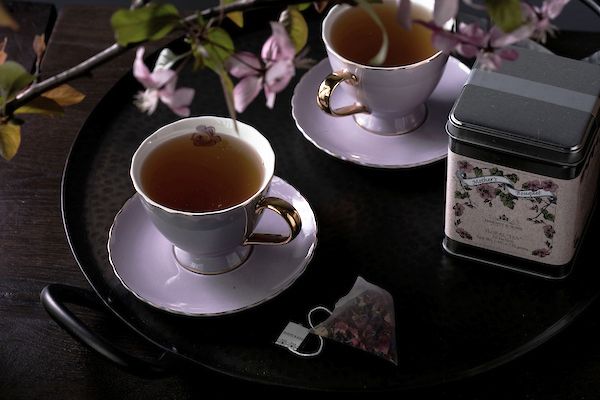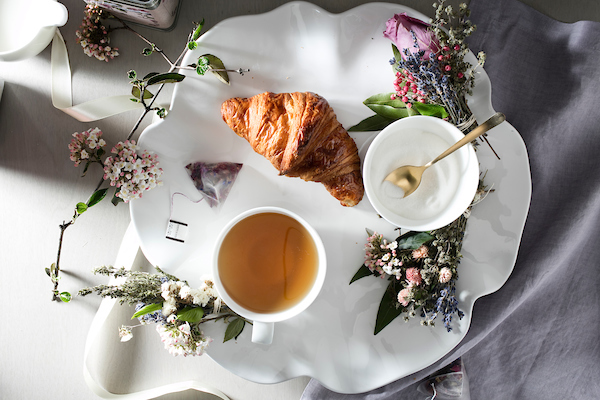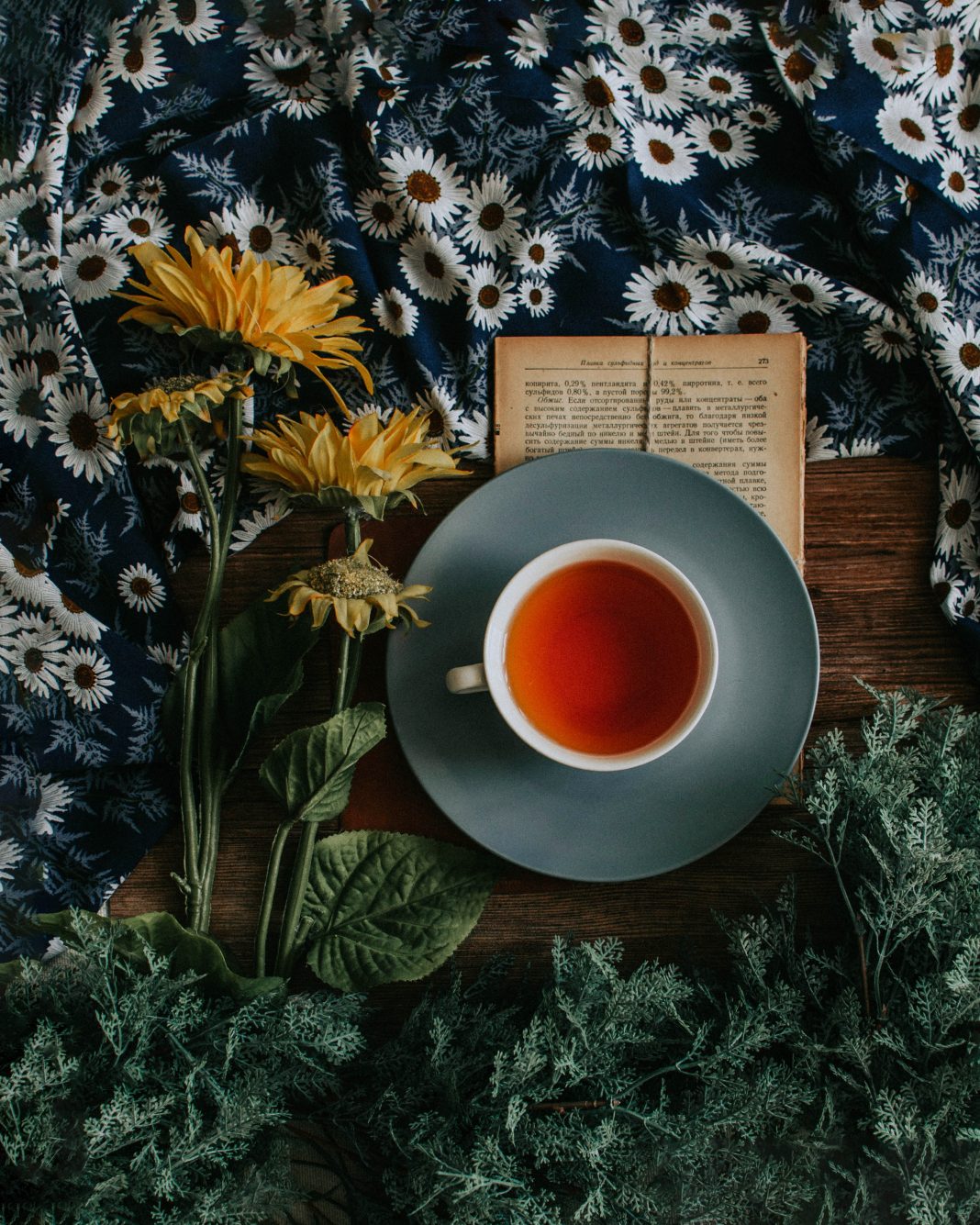Given our great love of tea and tea parties, we thought we’d go to a tea expert/master tea blender, our friend Emeric Harney of Harney & Sons teas, and ask him for some tips, which seems especially appropriate this evening with this prime late winter tea-drinking weekend unfurling before us.
Enchanted Living: What does it mean to be a master tea blender?
Emeric Herney: The term Master Tea Blender was one that my grandfather had come up with. While there is no official certification process to become a Master Tea Blender, our family stands on generations of tradition, of blending and sourcing the finest teas and ingredients. To me, being a Master Tea Blender means sharing the world of fine teas with our customers, both the teas themselves and the knowledge and context. It’s as much about providing a memorable sensory experience as it is providing quality teas.
EL: Can you tell us: how do you make a perfect cup of tea?
EH: My grandfather raised me with the sentiment that the perfect cup of tea should most importantly be a cup of tea that makes you smile. That being said, tea preparation is of the utmost importance in making a tea that will make you smile.
Water Quality: Please try to use spring water, or at least filtered water when making tea. Heavily treated or chlorinated water will not allow the subtle and pleasant flavors of tea to translate in your cup.
Temperature: When preparing green, white or lightly oxidized oolongs, use 175ºF water as boiling water will burn the tea leaves, rendering their delicious flavors useless! Darker oolongs, black teas and herbals should be infused with boiling water.
Time: The teas with the lower temperatures should be infused for 1-3 minutes depending on your preference for body, while the boiling water teas should be infused for 4-5 minutes. This is the best lever to adjust when making a tea that most suits your preferences, as infusing it for less time will yield a lighter cup. However, I don’t recommend exceeding these times as you might end up with a very bitter cup of tea!

EL: What inspires you to create a new blend?
EH: When we create a new blend, we’re looking at flavor trends currently as well as ones that we think would be exciting. We listen to requests from our customers as well and create often demanded tea. In the end, we want to create a blend that is unique to our offerings and that makes us smile and perhaps transports us to another locale or culture when we drink it.
EL: Is there a particular tea blend you created that took you by surprise?
EH: I wouldn’t say there’s anything we’ve created that’s taken us by surprise, however, sometimes the customer response is surprising. Our Victorian London Fog is one that surprised me. We released it late in 2017, and within just a few short weeks it was immediately a top-selling tea! I enjoyed the blend, but didn’t realize how people would respond to it.

EL: In your travels, have you seen/learned of any tea practices that are especially interesting?
EH: I think that the eastern methods of preparing tea are always so exciting to experience. Two that stand out are Chinese Gong Fu, where a porcelain or ceramic cup called a gaiwan is used for multiple, short, strong, infusions that are shared with a group. It encourages that person to person experience of tea that I enjoy so much. In Japan, the matcha ceremony is such a treat. The way that each movement has intention and reverence for the tea and its enjoyment is inspiring.
EL: What’s your favorite way to enjoy tea? What do you personally drink?
EH: Most often I drink Japanese green teas. My grandfather always started his day with green tea and I’m definitely a Japanophile.
EL: Why do you think that tea is so associated with magic, fairy tale and enchantment?
EH: I think tea has such an association with magic and fairy tales because of its transporting qualities. A cup of tea can take you places or jog fond memories. There’s a level of fantasy when making tea, even in a daily fashion. It pulls us out of our rote or highly crazed lives and calms us. So often as well, with enchantments and the like, we see swirling, steaming goblets of magical tinctures and concotions, and tea is our real life version of these.



































